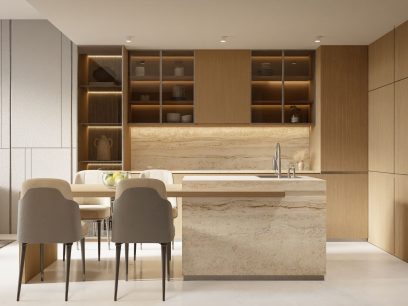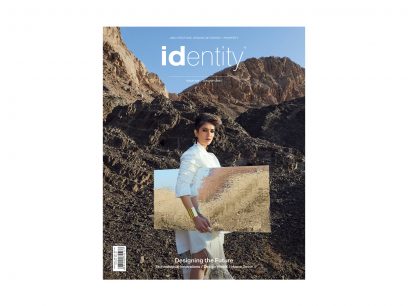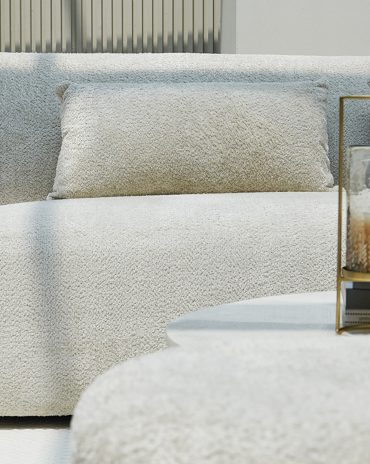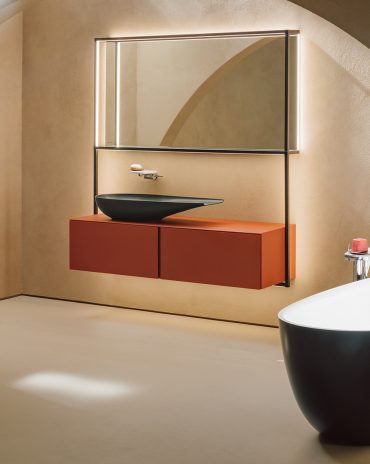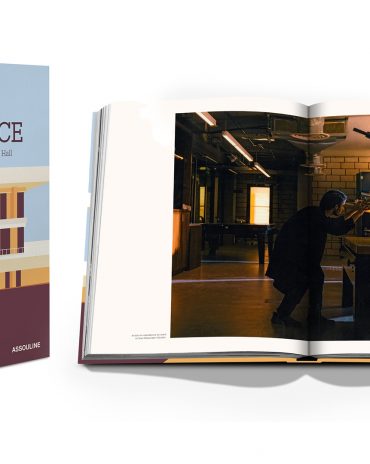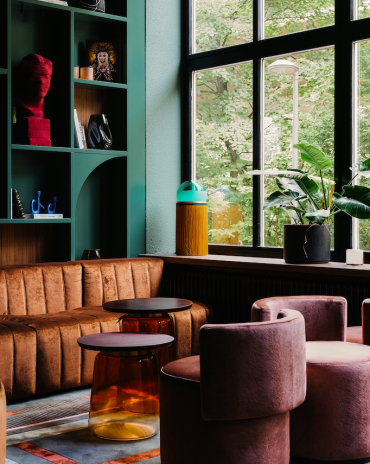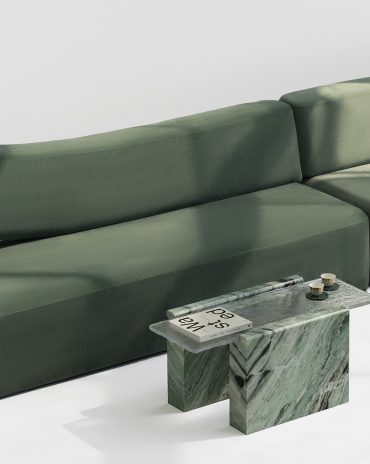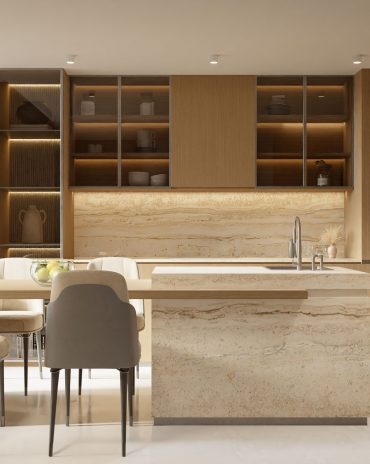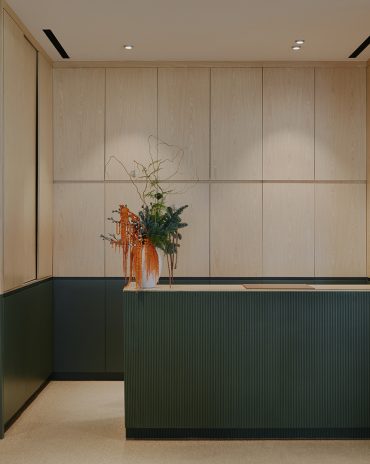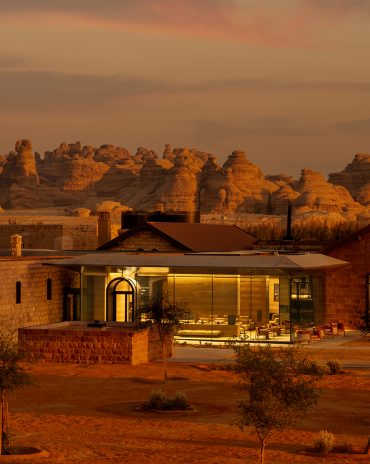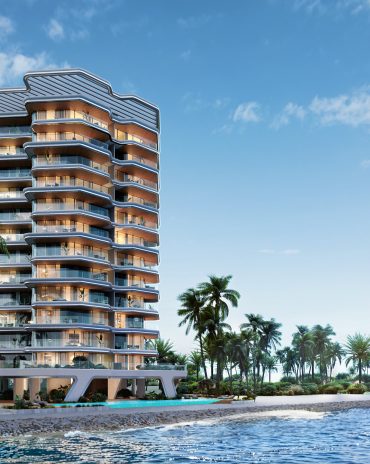Copyright © 2025 Motivate Media Group. All rights reserved.
Read ‘The Craft Issue’ – Note from the editor
Read identity's April 2023 issue on ISSUU or grab your copy
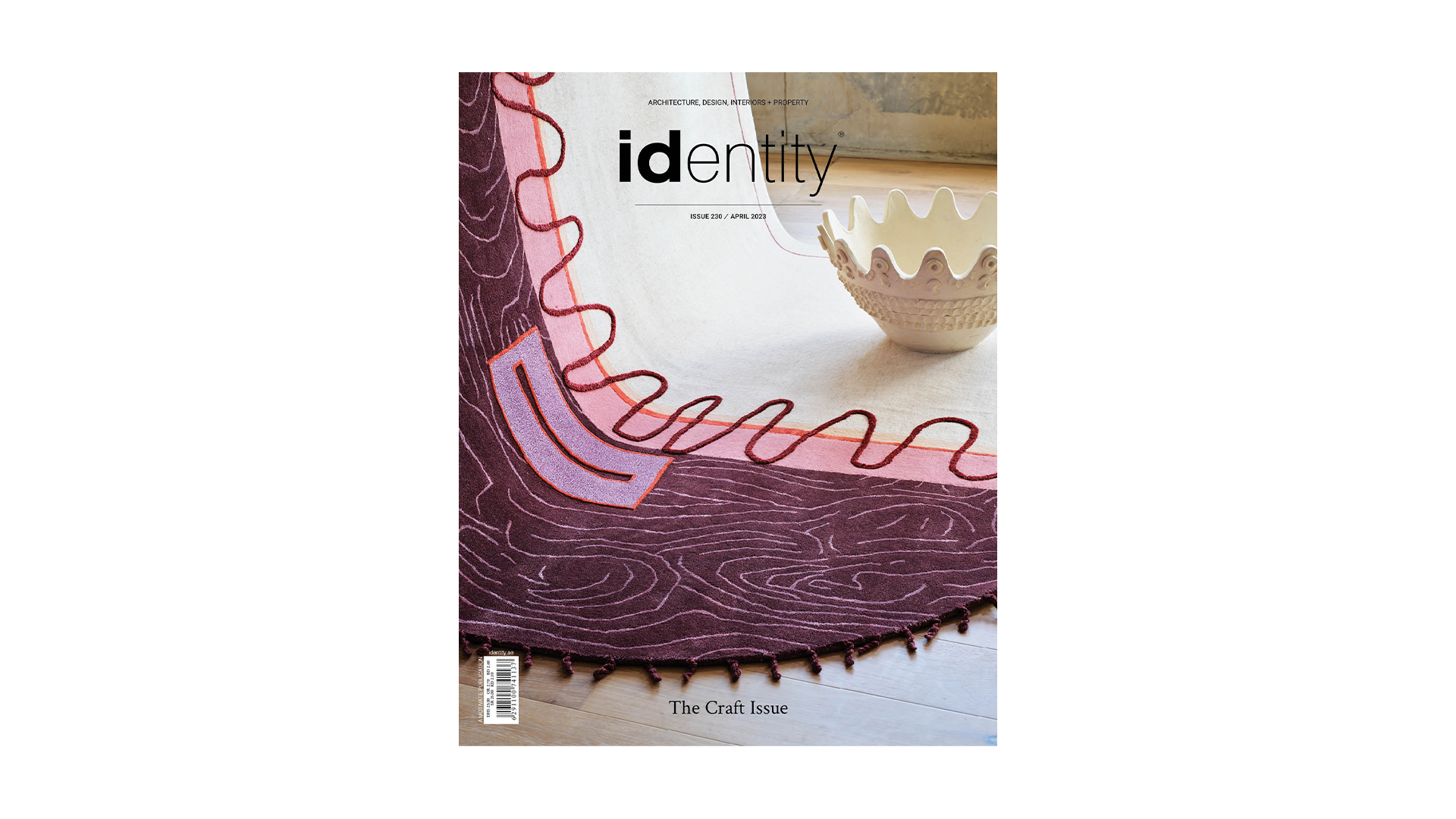
I am sure by now it is no secret how highly I value craft and its role in preserving knowledge, supporting communities, advocating for slower living and thinking creatively about the future.
This is why the relationship between an artisan and a designer is so special: each one enriches the other in the beauty of what was and what could be. Without the creativity and risk-taking nature of the designer, the artisan is bound by the past; and without the intricate skill set of the artisan, a designer’s vision may sometimes be just that. The convergence of the two worlds is what has brought to light some of the most enlightening pieces of design. As Italian automotive designer Giorgetto Giugiaro once said: “It wasn’t an architect or a designer who invented objects, but an artisan.”
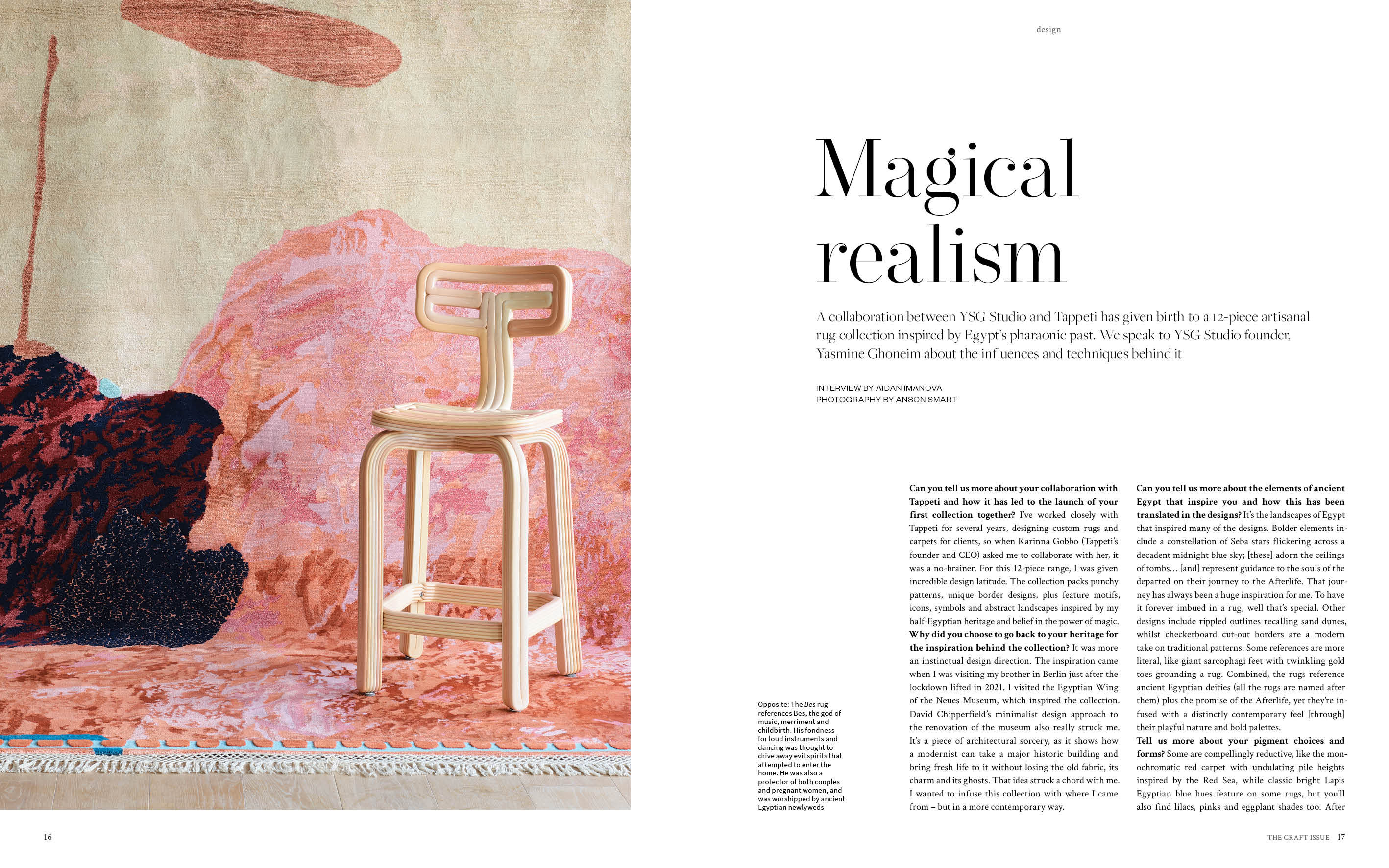
Our cover this month features Egyptian-Australian designer Yasmine Saleh Ghoniem’s – founder of Sydney-based YSG Studio – first collection for handcrafted rug brand Tappeti, titled ‘Real Majik’; a celebration of her heritage that is inspired by Egypt’s pharaonic past.
The 12-piece collection features combinations of art silk [artificial silk], hemp, Tibetan highland wool and nettle, which make up the intricate hand-knotted rugs, revealing an exquisite level of pattern detailing.
“I am impressed with the way Tappeti weaves ethics and environmental sustainability into their business,” Ghoniem told me. “Traditional makers in India and Nepal produce each piece using time-honoured looming and tufting techniques, and are paid fair wages, enabling them to work amongst their traditional community.”
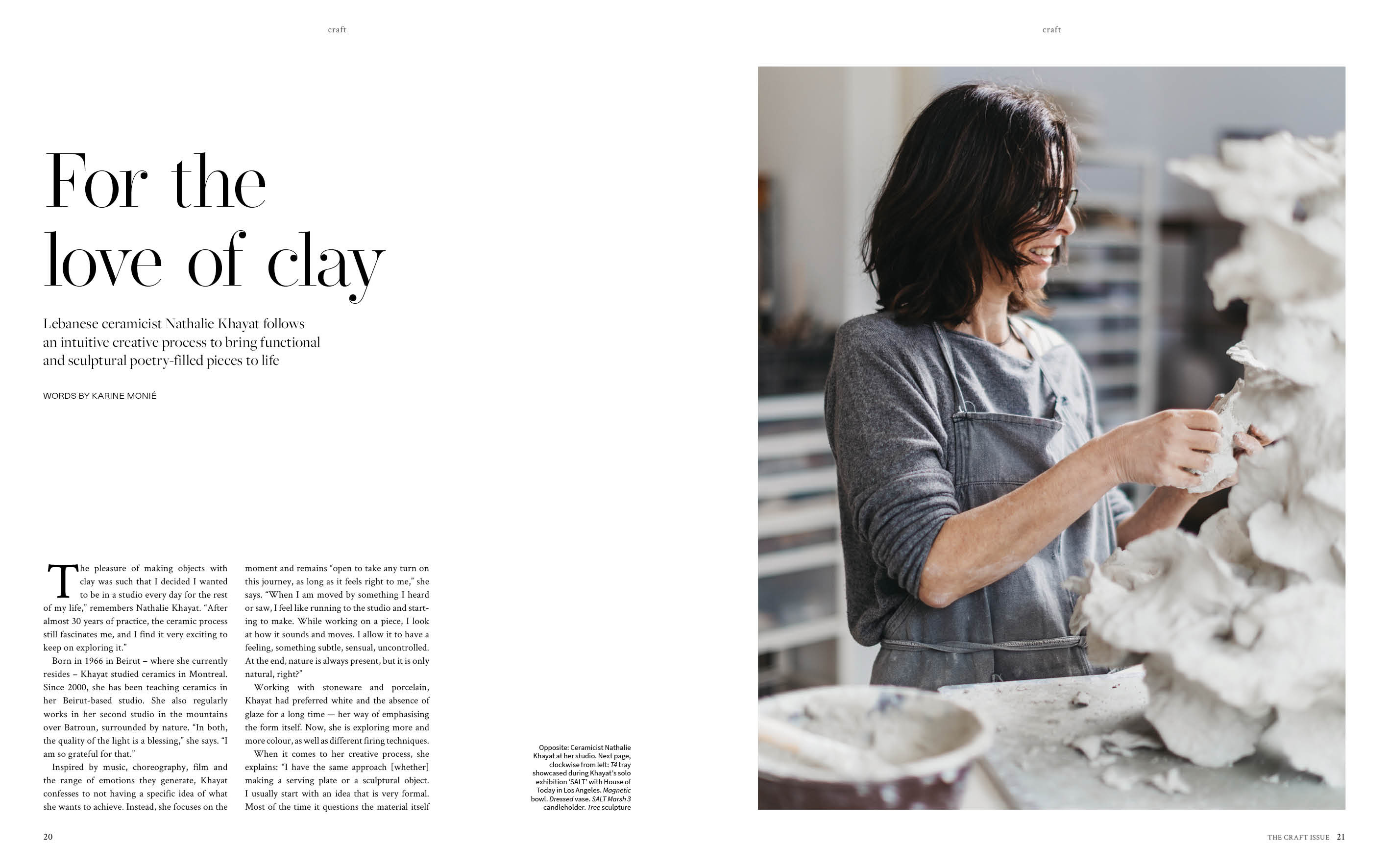
In other parts of the magazine, Lebanese ceramicist Nathalie Khayat reveals her artisanal process, which is less technical and more intuitive: “When I am moved by something I heard or saw, I feel like running to the studio and starting to make,” she tells identity. “While working on a piece, I look at how it sounds and moves. I allow it to have a feeling, something subtle, sensual, uncontrolled. At the end, nature is always present.”
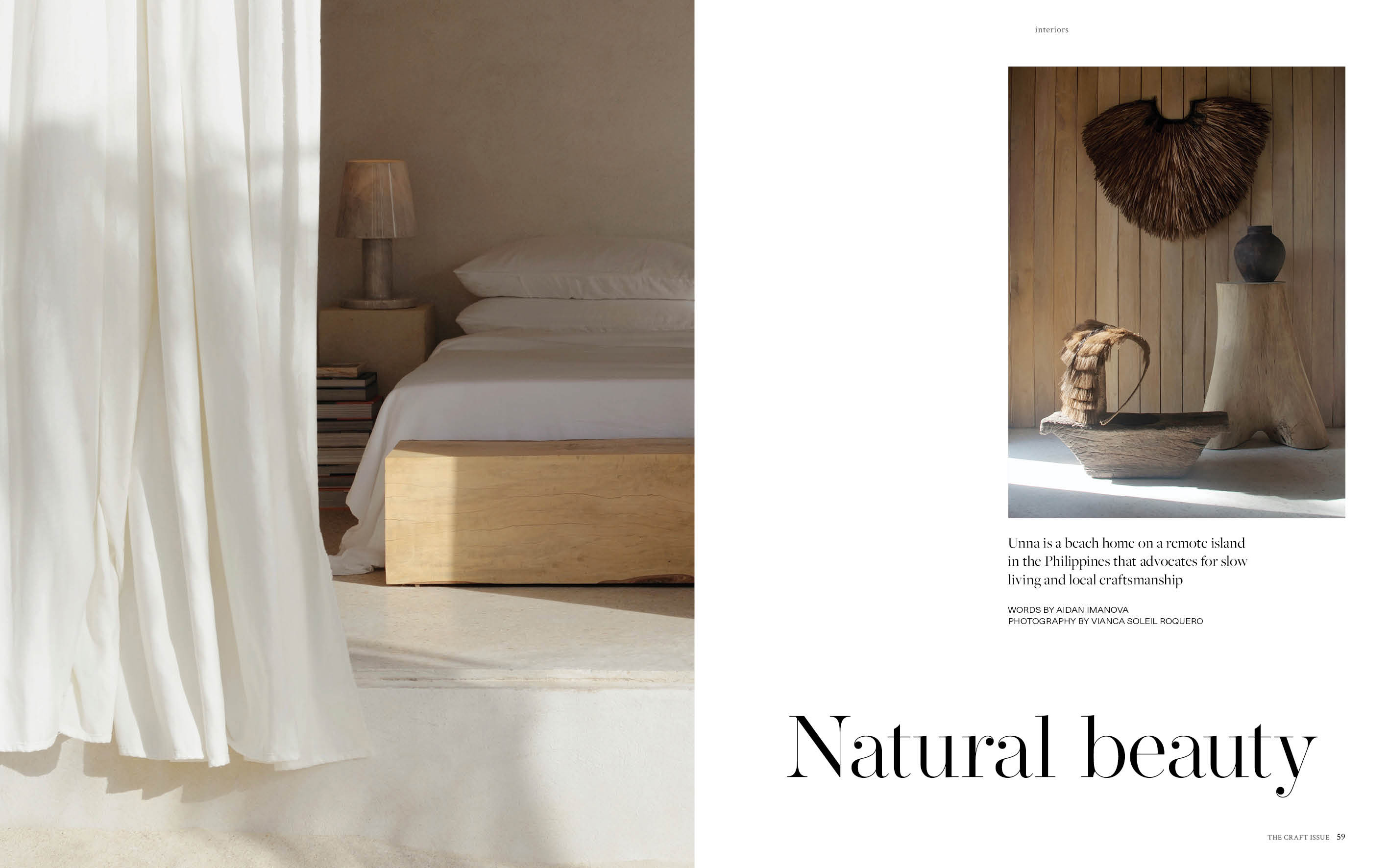
In this issue, I also chatted to interior design and architect Vianca Soleil Roquero, whose beach home in a remote island in the Philippines I had seen on Instagram a year ago and been keen to feature. Called Unna, the home-turned-mini resort embodies everything one can hope for when adopting a slower pace in life: using natural materials, working with one’s local community and allowing nature fully into your life.
“I challenged myself to somehow unlearn the approach I was used to back in the city, [moving] from being too technical and by-the-book to [taking] a more nonchalant and intuitive approach,” Roquero shared. “My idea was to go back to the basics by building like an island local, to embrace beauty in restraint but also leave some room for playfulness.”
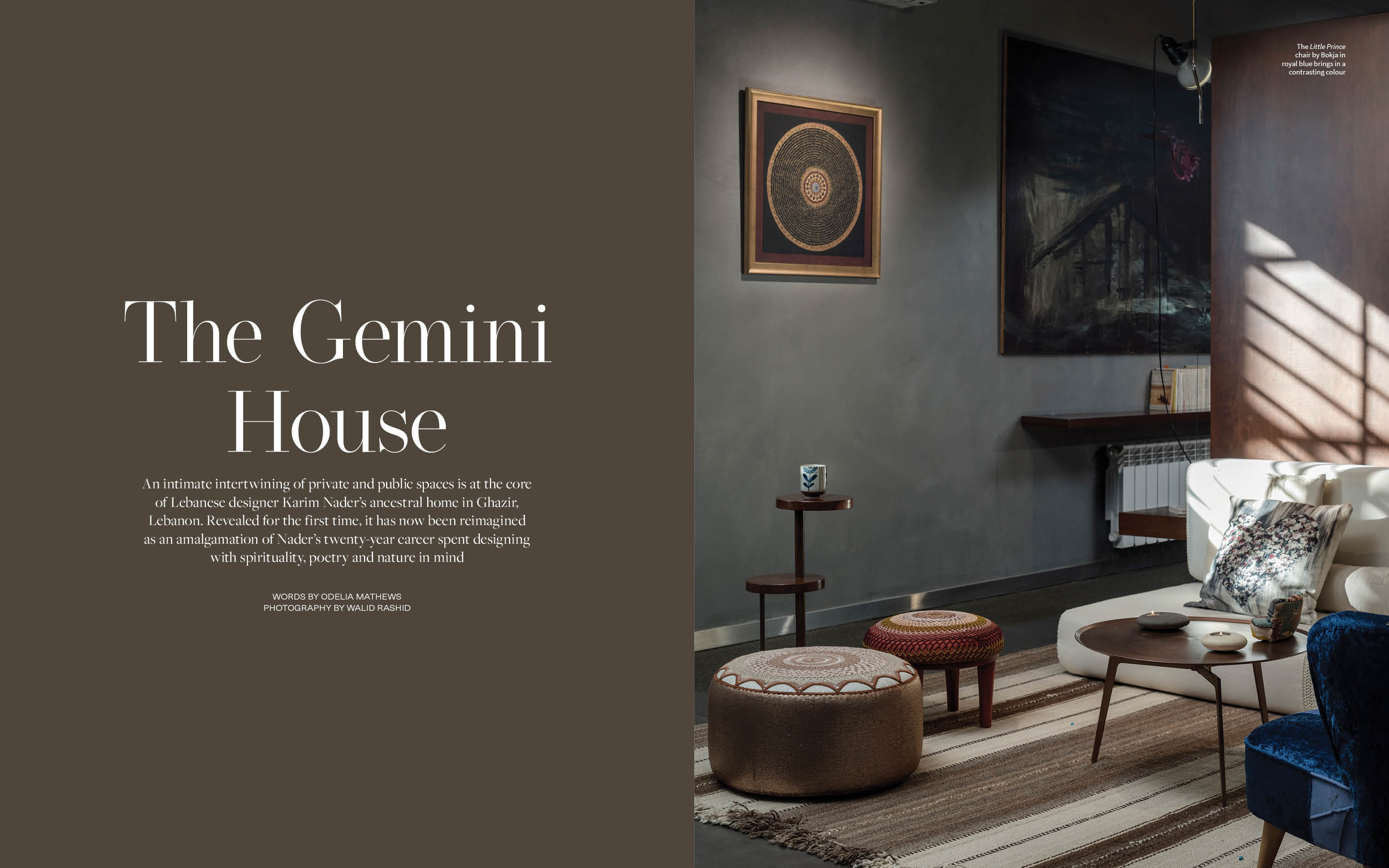
While many of us are busy being caught up in the blur of fast-paced city life, paying attention to craft can help one learn how to slow down and appreciate the present moment.
The Latest
Textures That Transform
Aura Living’s AW24 collection showcases the elegance of contrast and harmony
Form Meets Function
Laufen prioritises design, functionality and sustainability in its latest collections
Preserving Culture, Inspiring Creativity
Discover the Legacy of a Saudi Art Space: Prince Faisal bin Fahd Arts Hall explores the Hall’s enduring influence on the cultural fabric of Saudi Arabia
Channelling the Dada Spirit
Free-spirited and creative, The Home Hotel in Zurich injects a sense of whimsy into a former paper factory
id Most Wanted- January 2025
Falaj Collection by Aljoud Lootah Design
Things to Covet in January
identity selects warm-toned furniture pieces and objets that align with Pantone’s colour of the year
Shaping the Future of Workspaces by MillerKnoll
Stacy Stewart, Regional Director Middle East & Africa of MillerKnoll discusses the future and evolution of design in workspaces with identity.
Shaping Urban Transformation
Gensler’s Design Forecast Report 2025 identifies the top global design trends that will impact the real estate and built environment this year
Unveiling Attainable Luxury
Kamdar Developments has launched 105 Residences, a new high-end development in Jumeirah Village Circle.
The Muse
Located in the heart of Jumeirah Garden City, formerly known as ‘New Satwa’, The Muse adds to the urban fabric of the area
Cultural Immersion Meets Refined Luxury
The Chedi Hegra opens its doors in AlUla’s UNESCO World Heritage Site
Redefining Coastal Luxury
Sunshine Bay on Al Marjan island combines seaside views, exceptional design, and world-class amenities to create a unique waterfront haven


